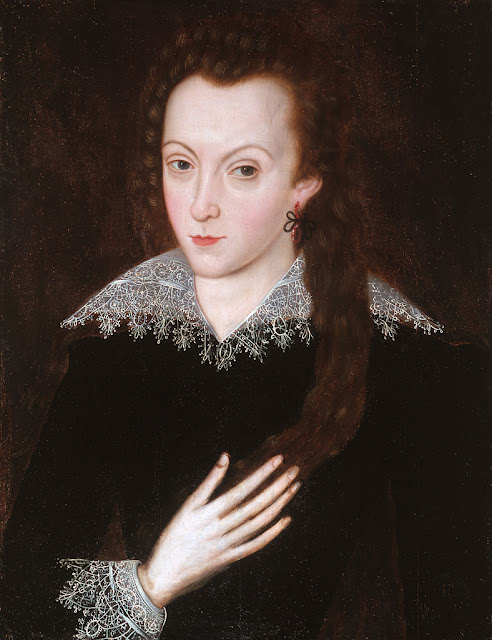Koloa presents a model for MTF transgender people that helps us understand how personality traits may explain why trans people take different paths on their trans journeys.
The two type model for transgender women
One of the most important lessons I have learned when writing about trans and queer issues, is to make sure that we distinguish clearly between between the terms and the model you use to understand the world on the one hand, and reality on the other.
As most well informed philosophers will tell you: We do not have direct access to "reality in itself". All we have access to is our own interpretation of our world. So when we see patterns in the world around us, we should always ask ourself: Is this pattern only a mirage produced by my own mind? Is it simply a reflection of my personal prejudices? Are there other models and terms that may explain what I see in a better way?
Since this is a blog covering transgender and queer issues, an obvious example of how badly this can end, is the way the two type typology of transgender women has been used to invalidate them.
Many researchers have noticed that trans women who come out and transition late are more likely to be gynephilic (being attracted to women) than those who come out as trans at an early age. This has, until quite recently, been quite true on an aggregate level.







